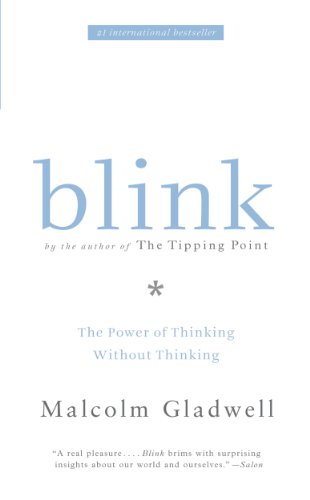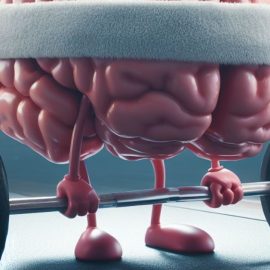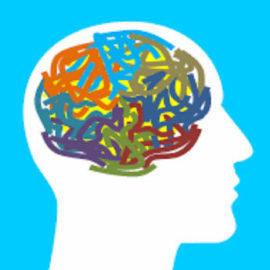

This article is an excerpt from the Shortform summary of "Blink" by Malcolm Gladwell. Shortform has the world's best summaries of books you should be reading.
Like this article? Sign up for a free trial here .
How does the brain make decisions? Are decisions made through conscious deliberation always better than intuitive decisions made on the fly?
Our brains use two broad strategies for making decisions: conscious or deliberate decision-making and unconscious or intuitive decision-making. We usually think that deliberate decisions should be the way to go. But according to Malcolm Gladwell, both logical, conscious decision-making and snap judgments have their time and place.
Here’s why deliberate decisions aren’t necessarily the best decisions.
How Does the Brain Make Decisions?
At a high level, we use only two strategies for decision-making:
1) Conscious thinking is also known as rational decision-making. When we think consciously, we use past experiences and current information to make a decision logically.
2) Unconscious thinking is also known as the adaptive unconscious, intuition, or making snap judgments. When we think unconsciously, we make decisions without understanding why, or sometimes even without realizing we’ve made them.
Gladwell says that we use these two different thinking strategies in different situations.
| Kahneman’s Two Systems of Thinking Another way to think about these two thinking strategies is as two “systems,” as Nobel Laureate Daniel Kahneman does in his bestseller Thinking, Fast and Slow (2011). System 1 In Kahneman’s conception, unconscious thinking is “System 1” thinking. System 1 operates automatically and quickly, with little or no effort, and no sense of voluntary control. Examples: Detect that one object is farther than another; detect sadness in a voice; read words on billboards; understand simple sentences; drive a car on an empty road. System 2 Like Gladwell’s conception of conscious thinking, “System 2” thinking allocates attention to the effortful mental activities that demand it, including complex computations. It’s often associated with the subjective experience of agency, choice, and concentration. Examples: Focus attention on a particular person in a crowd; exercise faster than is normal for you; monitor your behavior in a social situation; park in a narrow space; multiply 17 x 24. |
Intuitive vs. Deliberate Decision-Making: Which One Is Best?
Neither intuitive nor deliberate decision-making is inherently good or bad. Whether these strategies are good, bad, or neutral depends on the situation. If we have time, resources, and a clearly defined task, deliberate decision-making is productive. It can also prime us for “rapid cognition,” or snap judgments.
Part of how we can make better decisions is to understand when the deliberate approach is best, and when the intuitive approach is best. Gladwell suggests that, where possible, we start with deliberate decision-making. This lays the groundwork for future rapid cognition.
| Layering Deliberate and Unconscious Thinking in Team Sports We can take any team sport as an example of the combination of conscious and unconscious thinking that Gladwell suggests. In most of these sports there are three levels of structure. First, we have the rules of the game. These give us an overarching goal and clear parameters, which allow us to easily frame the decisions we make as good or bad, depending on their outcomes. (Did that pass lead to a goal? If so, it was a good decision. If the ball got stolen by the other team, it was a bad decision.) Second, we have our game plan for a particular match. This is created through deliberate thinking by the coach and players. Finally, we have the spontaneous, instinctive decisions that we make during the game. The rules of the game and our overall game plan both provide a structure for the rapid-fire decisions that we make after the game starts. |
———End of Preview———

Like what you just read? Read the rest of the world's best summary of "Blink" at Shortform . Learn the book's critical concepts in 20 minutes or less .
Here's what you'll find in our full Blink summary :
- How you can tell if a marriage will fail, within 3 minutes
- Why your first impressions are usually surprisingly accurate
- The dark side to making first impressions, and how to avoid the,






